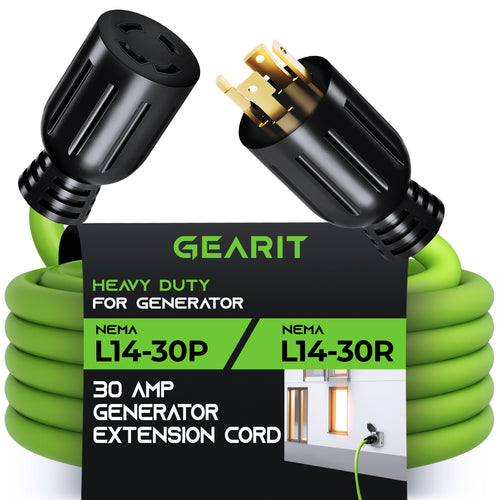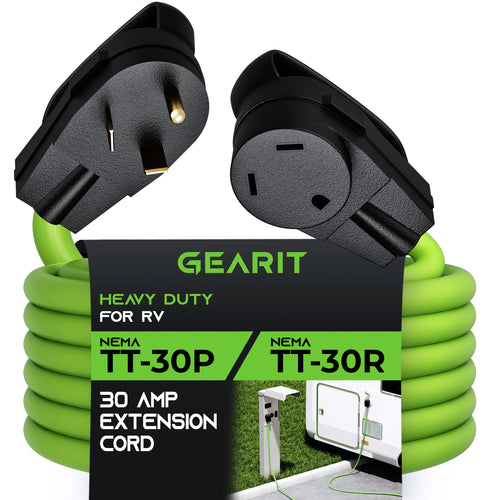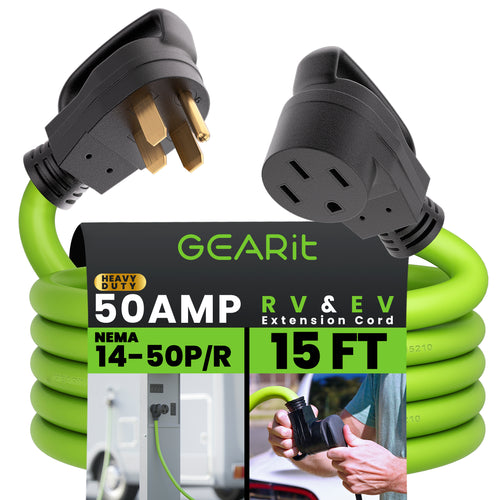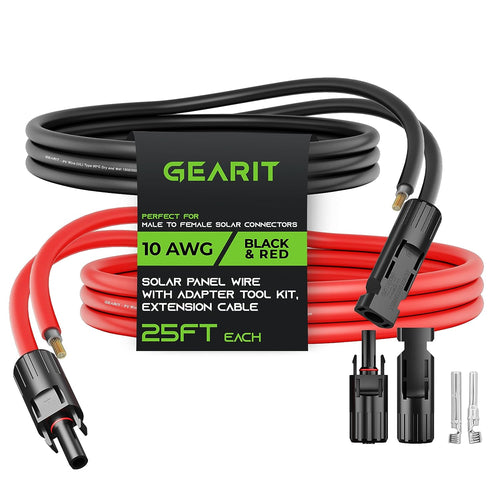In a world constantly evolving, preparing for emergencies and disasters is more significant than ever. The catastrophes of recent years have demonstrated the necessity for comprehensive disaster planning. At the heart of these preparations lies an oft-overlooked hero: the humble power cord.

When we think of emergency preparedness, the things that often come to mind are food, water, first aid kits, and other essential supplies. However, in our technologically-driven age, having access to power during a disaster can spell the difference between chaos and coordinated response. This is where power cords step in, playing an indispensable role in a multitude of emergency scenarios.
1. Powering Vital Tools and Equipment
During emergencies, equipment like lights, radios, refrigerators, and heaters are crucial for survival. Without power cords to connect these tools to generators or other power sources, their efficacy is drastically reduced. For example, keeping perishable medicines at the right temperature can be a life-or-death situation. With the right power cords and a power source, this becomes possible even when the power grid goes down.
2. Ensuring Communication
Communication during a crisis is essential. Mobile phones, radios, and other communication devices require charging to function. In large-scale emergencies where cellular networks might be down, satellite phones and ham radios become the primary communication tools. A consistent power source, facilitated by reliable power cords, ensures that these devices remain operational, allowing for communication with the outside world and within affected areas.
3. Charging Backup Power Supplies
Modern emergency preparedness emphasizes the importance of having portable power banks and solar chargers. These devices can hold charges for mobile phones, tablets, and even some medical equipment. For them to be effective, they need to be charged regularly, necessitating the role of power cords.
4. Facilitating Rescue Operations
Search and rescue operations often rely on equipment like floodlights, powered tools, and machinery. These operations can run long hours and often in challenging conditions. Power cords, especially those built for heavy-duty use, are pivotal in ensuring these tools run efficiently, ultimately aiding in saving lives.
5. Safety and Security
Having light during the night, especially in disaster-struck areas, is not just for convenience. It's about safety and security. Powered security systems, alarms, and simple lighting can deter potential threats and provide a sense of security to those affected. Power cords, therefore, play a role in ensuring that these systems are up and running when they're needed the most.
Selecting the Right Power Cord for Emergencies
Given their importance, it’s essential to choose the right power cords for emergency preparedness:
- • Durability: Opt for power cords that can withstand wear and tear, especially if they might be exposed to the harsh elements.
- • Length: Consider longer cords that provide flexibility, allowing you to connect devices even if the power source is at a distance.
- • Type: Depending on your devices and power source, ensure you have the right type of cord. For example, if you’re using solar panels, ensure you have the correct solar panel connectors and cords to link to your devices or batteries.
- • Storage: Store your power cords in a waterproof, easy-to-access bag or container. This way, they are protected from potential damage and can be retrieved quickly when needed.
As we increasingly rely on technology and electronic devices in our daily lives, the role of power cords in disaster preparedness becomes even more critical. They serve as the lifelines connecting us to essential tools, devices, and services during emergencies. As you evaluate or set up your own disaster preparedness plan, consider giving power cords the attention they truly deserve. They might just be the silent heroes that make a significant difference during a crisis.






















































